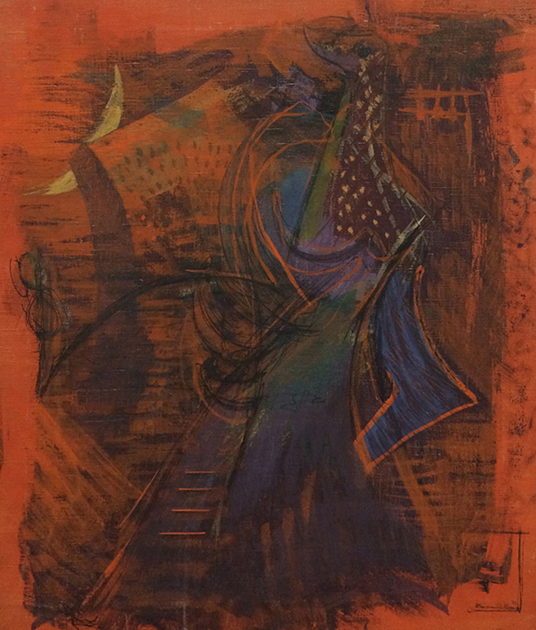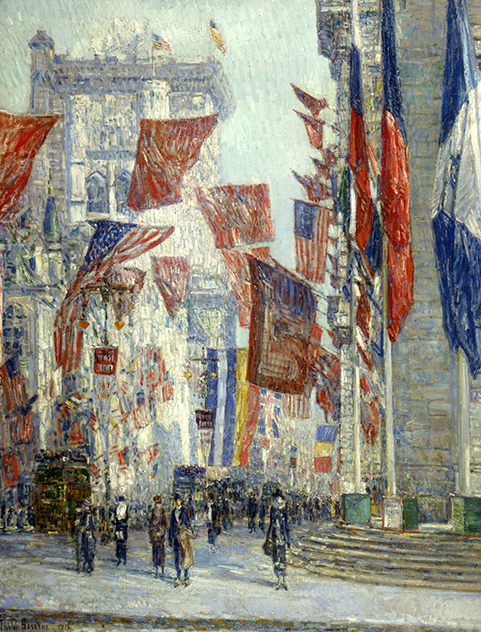.
The Asian Art Museum presents The Rama Epic: Hero, Heroine, Ally, Foe, an exhibition of ancient and contemporary artwork and multimedia depicting sacred stories as old as the Bible, longer than the Odyssey, and a source of creative inspiration from India to Indonesia.
On view Oct. 21, 2016 – Jan. 15, 2017, The Rama Epic — organized by the Asian Art Museum of San Francisco — is unprecedented in scale and scope, with 135 sculptures and paintings, masks, puppets, and examples of temple architecture. Objects and artworks originate from India, Myanmar, Cambodia, Thailand and Indonesia, and are borrowed from museums across the U.S., U.K. and Europe.
Countless generations have grown up with this extraordinary tale, also known as the Ramayana (“Rama’s Journey”). By exploring the key characters of this beloved classic, the exhibition immerses visitors in the enduring appeal of Rama: the legendary prince; Sita: his long-suffering love; Hanuman: their faithful monkey lieutenant; and Ravana: the ten-headed lord of the demons, whose abduction of Sita sets the drama in motion.
Artworks from 1,500 years ago to today reveal how depictions of these characters — as well as their regional variations — have evolved over the centuries, with rare temple sculptures and paintings made for 17th-century royal courts appearing alongside works by contemporary artists reinterpreting the story in innovative ways.
“This exhibition does more than introduce one of the world’s greatest adventure stories to new audiences. It’s about gaining fresh insight into its chief characters, the hero Rama, his heroine Sita, their ally Hanuman, and their foe Ravana,” says exhibition curator Forrest McGill. “We’ve organized our presentation around these figures so that each one can shine in a different light, bringing out the nuances in an ancient story that has continued to be retold in art and performance to emphasize new, relevant meanings. Its eternal — and vividly human — values of compassion, loyalty, duty and valor are values all audiences can connect to in their daily lives.”
Diverse artworks from across southern Asia outline key story arcs
Many of the unique works featured in the exhibition have never travelled before to America, and the Asian Art Museum will be the only venue for visitors to experience The Rama Epic.
Each gallery focuses on one of the four main characters and explores their entire journey through the epic. A dazzling array of fine art is displayed alongside video excerpts of theatrical performances, TV miniseries, and other contemporary popular media, juxtaposing the diverse ways that Rama, Sita, Hanuman, and Ravana have appeared in various cultures at various times in history. Highlights include:
• Eight examples of the remarkably large and detailed paintings from the “Mewar Ramayana” as well as two of its Sanskrit text pages on loan from the British Library. Commissioned by a Hindu king, the chief artist of the set of paintings was Muslim. From the golden age of Indian court painting, it could be the most sumptuously illustrated version of the epic ever, with as many as 450 paintings originally made by teams of artists over the course of 1649-1653. Not to be missed from the Mewar is Mourning for the death of Ravana, a splendid painting showing Ravana’s many wives weeping over his body.
• The glorious, three-tiered Theatrical mask of Ravana comes from the Smithsonian in Washington, D.C., where it is the crowning glory of a set of royal gifts bestowed in honor of America’s 1876 centennial by the King of Siam (Thailand), whose father was so memorably depicted in The King and I. With nine heads (the tenth being the live dancer’s) stacked on top of one another, the work is a rare example of a gilded theatrical mask surviving for almost a 150 years, having escaped the wear-and-tear of the stage.
• Hanuman conversing, a large bronze dated to 1000-1100, and borrowed from the Metropolitan Museum in New York. Holes in the base for dowels tell us that the statue would have once graced a temple in southern India where on festival occasions he would have been carried through the streets in religious processions, festooned with flowers and decked in jewels and rich textiles.
• A lushly painted accordion manuscript from around 1870, depicting Scenes of the Rama epic, comes to us from the final years before the British conquest of Myanmar. Most likely made specially for the royal library in Mandalay and featuring detailed illustrations of Sita attired as a Burmese princess in glittering gold, the images appear without text, demonstrating that even in Buddhist countries the Ramayana permeated cultural contexts.
• The Shadow puppet of Hanuman wooing Ravana’s niece Punnakay, part of a complete series of Cambodian puppets crafted in 1973 in the days before the genocidal wave of the Khmer Rouge wiped out a centuries-old artisanal tradition. Created by the last generation of local artisans trained in time-honored traditions, and now housed in Paris’s Musée national des arts asiatiques–Guimet, the perforated animal hide stands over four and half feet tall and illuminates how in Southeast Asia Hanuman is beloved as much as a Casanova as for his skills as a warrior, his cleverness and devotion.
“The Rama Epic really connects you to these characters no matter who you are or what kind of art you enjoy,” says Asian Art Museum Director Jay Xu. “It’s why we also include artworks like the pastel portrait of Sita from 1893 by French symbolist Odilon Redon. Although from Europe, this work shows the creative resonance of the story among artists of the avant-garde no matter the time or place, highlighting it as an important cultural reference point not only in Asia, but around the world today.”
New art, performances, and multimedia bring Rama Epic to life
• During the exhibition, the museum will host a series of dance performances from India, Cambodia, and Indonesia, supplemented with the interpretive magic of live storytellers and in-gallery clips of performers from across southern Asia as well as television series which are cherished touchstones for hundreds of millions of Rama epic-enthusiasts around the globe.
• Commissioned by the Asian Art Museum, acclaimed Indian documentary director Benoy Behl’s newest work, The Rama Epic Live, will be shown continuously. Behl’s sensitively observed film about performance traditions like dance and drama will allow both those familiar with the tale as well as newcomers to appreciate the Ramayana as it is interpreted around Asia. A longer version of the film will premiere at the museum on Saturday, Dec. 3 at 1:30PM.
• An original 60-minute exhibition audio tour, conceived to feel like a serial radio play, immerses visitors in the plot by incorporating the voice work of four actors of South Asian heritage as the main characters. Carefully crafted dialogue based on the classical version of the tale by Valmiki will mix with musical effects to bring the whole world of the Ramayana to life. Available for download for FREE on the museum’s website starting in mid-October.
Asian Art Museum - The Rama Epic: Hero, Heroine, Ally, Foe - 21.10.2016 - 15.01.2017














